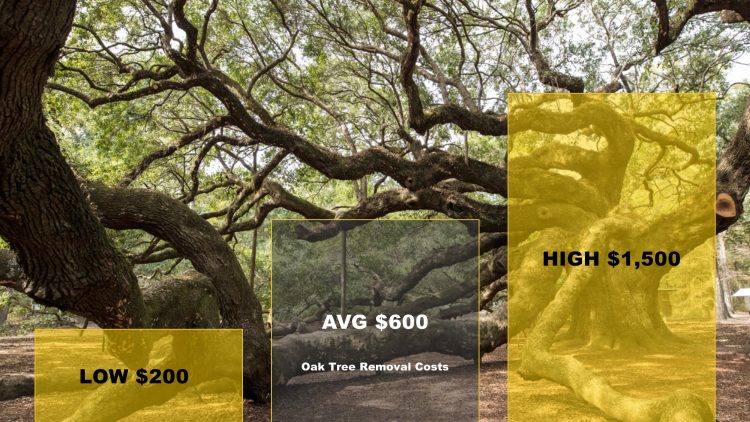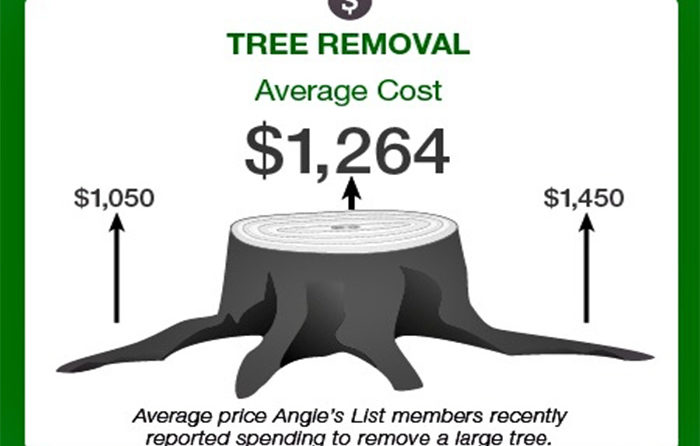Featured
Table of Contents
- – Complex Tree Service Costs In Marshall, TX
- – Specialized Tree Service Costs In Marshall, TX
- – Marshall, TX Tree Service vs DIY: Price Compa...
- – Locating Affordable Stump Removal In Marshall...
- – Marshall, TX Arborist Transfer Costs
- – Negotiating Stump Removal Prices In Marshall,...
- – Marshall, TX Tree Trimming Estimates: What To...
- – Marshall, TX Stump Grinding Fee Breakdown
- – Custom Tree Removal Costs In Marshall, TX
- – Marshall, TX Arborist: Total Cost Of Ownership
- – Honest Tree Service Pricing In Marshall, TX
- – What Do Marshall, TX Tree Trimmings Cost
- – Battery Replacement Costs For Tree Service I...
- – Marshall, TX Tree Cutting Repair Costs
- – Marshall, TX Tree Service Service Costs

The subsections below offer more in-depth details about rates, consisting of a typical range for each. TypeAverage Elimination CostPineConiferPalmMagnoliaArborvitaeAshCedarSweet GumEucalyptusSycamoreCypressOakMaplePoplar You can anticipate to pay between to remove a pine, depending on its size. Getting rid of a pine is one of the more inexpensive tasks unless it is one that has actually been around for many years and is quite large.
Complex Tree Service Costs In Marshall, TX
Pines likewise have a tap root that grows deep into the soil, which can show to be harder to remove. The procedure itself involves an expert cutting the tree, clearing the base, cutting the surface area roots, removing the stump, and finally treating the soil. Without an expert hand, you run the risk of leaving pine seedlings behind, which will fall from the roots of distressed pines.
Specialized Tree Service Costs In Marshall, TX
The U.S. national average for conifer elimination is approximately to have the conifer reduced, carried away, and the stump ground or removed entirely. Conifers are generally simpler to eliminate, and although they can grow rather tall, they do not cost a fortune to remove. Conifers consist of pine, spruce, fir, and juniper trees.
Marshall, TX Tree Service vs DIY: Price Comparison
While conifers are beautiful, they eliminate native plants and specific types of yard (tree trimming). The average cost of palm removal depends on the height as much as the type, varying from.
Locating Affordable Stump Removal In Marshall, TX
That is why it is essential to know which type you are eliminating. While you do not need an herbicide to eliminate a palm tree, there are some actions your removal expert will have to require to make sure the task is done properly. There are 2 methods they can get rid of them: by chopping them down or digging them up.
Marshall, TX Arborist Transfer Costs
This is since small animals like rats and scorpions often reside in them. Plus, numerous types will have spikes, too. From there, they eliminate the actual tree and after that the stump. Anticipate to pay between to eliminate this kind of tree, depending upon the exact size and information of the task.
Negotiating Stump Removal Prices In Marshall, TX
There are 3 types: green, white, and black ash. With its gray-tinged bark, its leaves are green or purple in the spring and golden yellow or purplish-red in the fall.
Marshall, TX Tree Trimming Estimates: What To Expect

Due to the variation in height, the elimination price difference is wide from. A coniferous, evergreen tree, the cedar is a hardy species.
Marshall, TX Stump Grinding Fee Breakdown
The growth of incorrect cedars varies from 50 feet approximately 230 feet high. Property owners might pay anywhere from, depending on the roots. With star-shaped leaves and stunning fall colors, the sweet gum is thought about a medium to big tree. Enjoying full sun, the sweet gum can not endure contamination.
Custom Tree Removal Costs In Marshall, TX
Generally, it costs in between to get rid of a eucalyptus. Eucalyptus are not typical everywhere, however they are rather big compared to others, which is why even the smaller ones are so expensive to eliminate.
Marshall, TX Arborist: Total Cost Of Ownership
There are a handful of methods to do this, including burning, pulling, grinding, or eliminating them with herbicide. Expect to pay between to remove sycamores, based on the height, trunk size, and quantity of work included. Sycamores are one of the largest hardwood trees, generally ranging from 60 to 100 feet high and as broad as 15 feet.
Honest Tree Service Pricing In Marshall, TX
The very first 2 steps will expose the withins of the tree and cut off the flow of nutrients up the trunk. From there, an expert uses herbicide to eliminate the tree and cuts down the trunk.
What Do Marshall, TX Tree Trimmings Cost
There are various kinds of Cypress trees, but the most common are the Leyland, Arizona, Bald, and Italian. The Bald Cypress grows in swampy or really moist locations while the others delight in a dry, warm, or hot climate (stump grinding). They can grow as tall as 80 to 100 feet tall
Battery Replacement Costs For Tree Service In Marshall, TX

Prone to diseases, the Cypress is among the most valued woods for furniture. The average oak grows to around 60 feet, and depending upon the intricacy of the elimination, it costs an average of to remove. The exact size of your oak and the effort required to fell it impact what you will in fact spend for elimination together with any additional services like stump grinding.
Marshall, TX Tree Cutting Repair Costs
Access to the trees and the roots will also impact the overall expense. Maples are typically amongst the more pricey trees to remove because of their size and the work involved in the removal.
Marshall, TX Tree Service Service Costs
Poplars are giants of the species. Growing as high as 90 to 115 feet, these huge woods are primarily discovered in The United States and Canada and include the aspen, cottonwood, and balsam trees. Boasting an expansive root system, poplars can be expensive to remove when completely grown. The process to eliminate trees includes all the cutting and cutting of the branches and trunk, bringing it down to a stump.
Table of Contents
- – Complex Tree Service Costs In Marshall, TX
- – Specialized Tree Service Costs In Marshall, TX
- – Marshall, TX Tree Service vs DIY: Price Compa...
- – Locating Affordable Stump Removal In Marshall...
- – Marshall, TX Arborist Transfer Costs
- – Negotiating Stump Removal Prices In Marshall,...
- – Marshall, TX Tree Trimming Estimates: What To...
- – Marshall, TX Stump Grinding Fee Breakdown
- – Custom Tree Removal Costs In Marshall, TX
- – Marshall, TX Arborist: Total Cost Of Ownership
- – Honest Tree Service Pricing In Marshall, TX
- – What Do Marshall, TX Tree Trimmings Cost
- – Battery Replacement Costs For Tree Service I...
- – Marshall, TX Tree Cutting Repair Costs
- – Marshall, TX Tree Service Service Costs
Latest Posts
Marshall, TX Stump Grinding Cost Trends
Affordable Tree Clearing In Avon, OH
Straight Stump Grinding Costs In Cohoes, NY
More
Latest Posts
Marshall, TX Stump Grinding Cost Trends
Affordable Tree Clearing In Avon, OH
Straight Stump Grinding Costs In Cohoes, NY